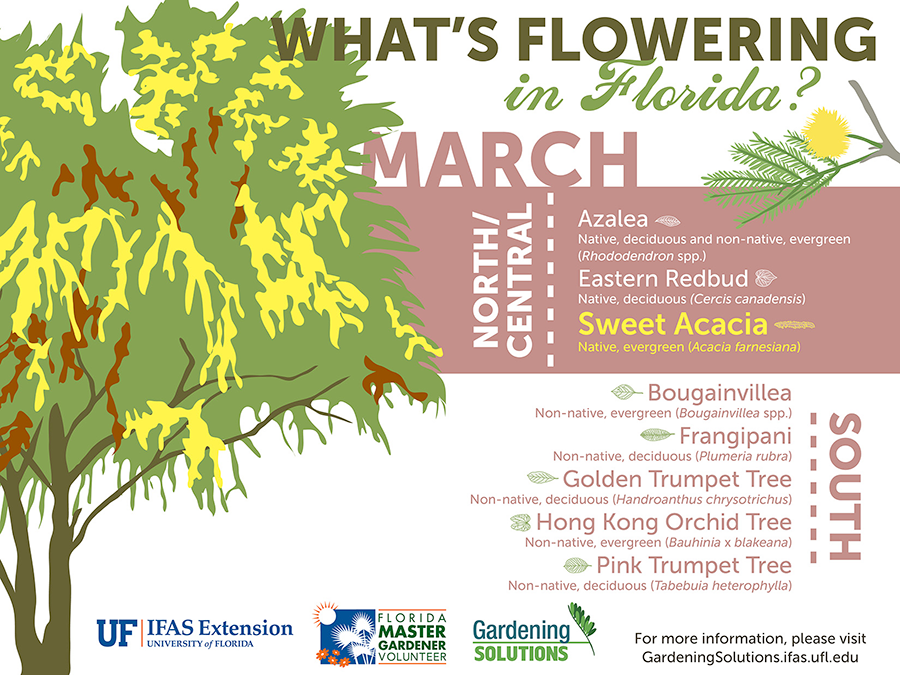The Effects Of Eliminating Trees On The Environment: What You Need To Recognize
The Effects Of Eliminating Trees On The Environment: What You Need To Recognize
Blog Article
Content Writer-Kryger Lyon
When it concerns the ecological influence of tree removal, there are essential aspects that demand your focus. From the complex internet of partnerships within ecological communities to the succeeding impacts on climate patterns, the effects are extensive. You may be amazed to find the complex ways in which the removal of trees can resound throughout the setting. Stay tuned to unravel the intricate connections and implications of this apparently straightforward act.
Logging and Habitat Loss
Deforestation and environment loss are important issues originating from tree removal. When trees are lowered, it interferes with entire ecosystems. Not just are the trees themselves lost, but the homes and food resources of countless plant and pet types are damaged as well. Birds lose their nesting websites, creatures lose their shelter, and pests shed their environments. The results surge with the food cycle, affecting predators and target alike.
In addition, deforestation adds to climate adjustment. https://www.countryliving.com/gardening/garden-ideas/g27104528/low-maintenance-bushes-shrubs/ play an essential function in taking in co2, a greenhouse gas that catches warm in the atmosphere. With fewer trees, there's less co2 absorption, resulting in boosted degrees of this gas in the ambience and exacerbating global warming.
Precisiontimberfelling
Environment loss is a direct result of deforestation, as the damage of woodlands means the loss of one-of-a-kind and varied communities. Numerous species are unable to adjust to quick modifications in their environment, bring about populace declines and, sometimes, termination.
Shielding woodlands is necessary to keeping the fragile equilibrium of nature and making sure the survival of many plant and pet varieties.
Influence on Biodiversity
The removal of trees has a significant effect on biodiversity, influencing the selection and abundance of plant and pet species in a location. Trees give environment and food sources for numerous microorganisms, from bugs to birds to animals. When trees are removed, these types shed their homes and sources of nourishment, bring about a decline in their populations. This disturbance can have plunging results on the entire community.
Moreover, trees play a critical role in maintaining biodiversity by creating microhabitats within their covers, trunks, and roots that support a large range of varieties. When trees are cut down, these specialized settings are damaged, lowering the total variety of the location.
In addition, the elimination of trees can cause a decline in hereditary diversity within plant populaces, as particular tree varieties may no longer be able to recreate or spread successfully. Securing trees and woodlands is vital for maintaining biodiversity and guaranteeing the wellness of ecological communities for future generations.
Dirt Disintegration and Environment Modification
With trees being gotten rid of from a location, the interruption of soil framework and stability happens, causing boosted dirt erosion. Trees play an important duty in preventing disintegration by holding soil in place with their root systems. When trees are gotten rid of, specifically in multitudes, the soil comes to be a lot more at risk to erosion from wind and water. This erosion not only impacts the instant environments but can also bring about sedimentation in close-by water bodies, impacting water high quality and aquatic ecosystems.
Moreover, trees aid control the climate by taking in carbon dioxide during photosynthesis. When trees are lowered, this natural carbon sink is lessened, adding to enhanced degrees of greenhouse gases in the environment. This can intensify environment adjustment, causing even more severe weather events and disruptions in ecosystems worldwide.
As a result, the removal of trees not only speeds up dirt disintegration but additionally contributes in the larger ecological problem of environment adjustment. It's critical to consider these elements when assessing the influences of tree elimination on the environment.
Conclusion
Since you recognize the environmental effect of tree removal, consider the effects prior to reducing trees. Deforestation interferes with ecosystems, reduces biodiversity, and adds to soil disintegration and environment modification. By being mindful of the influence of tree elimination, you can help protect our setting and preserve the fragile balance of nature. Make informed choices and think about different services to decrease the negative effects on our planet.
